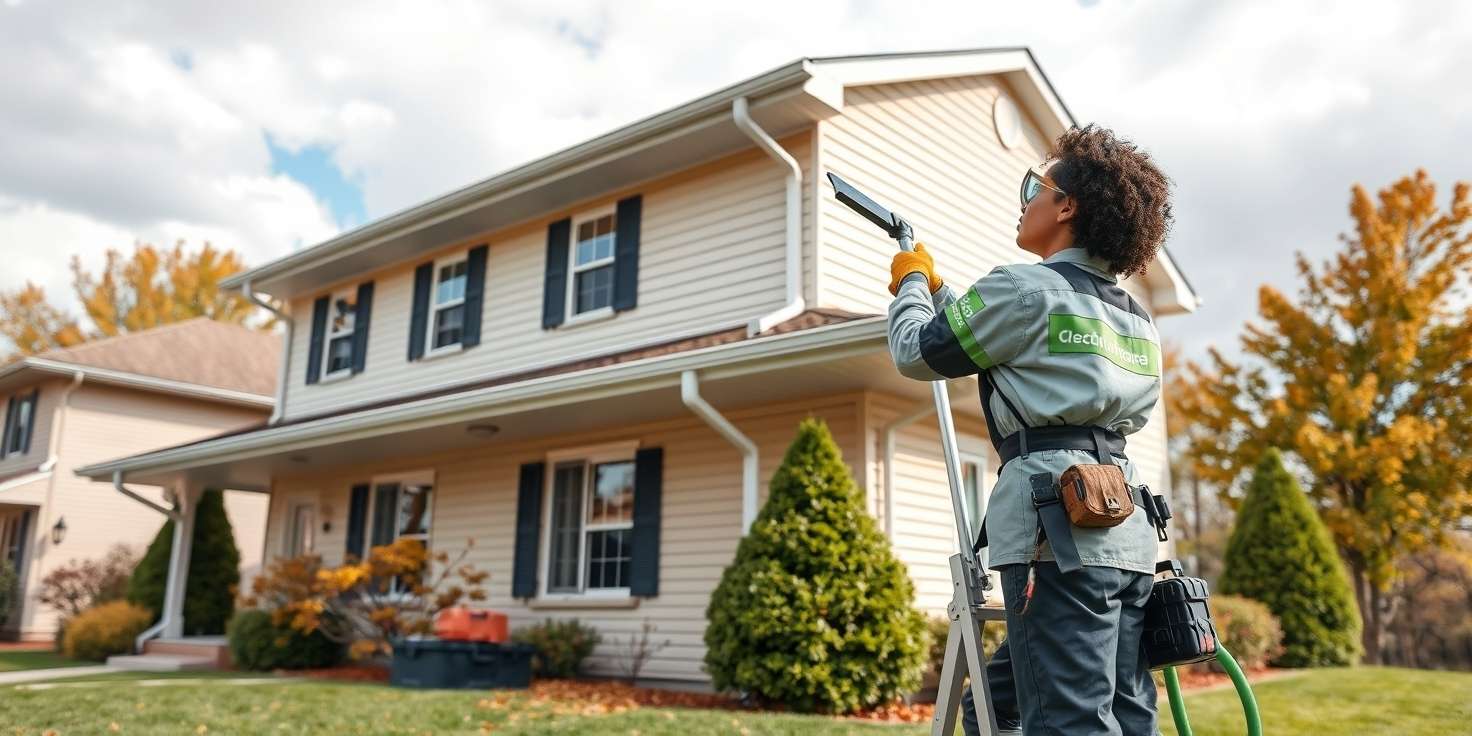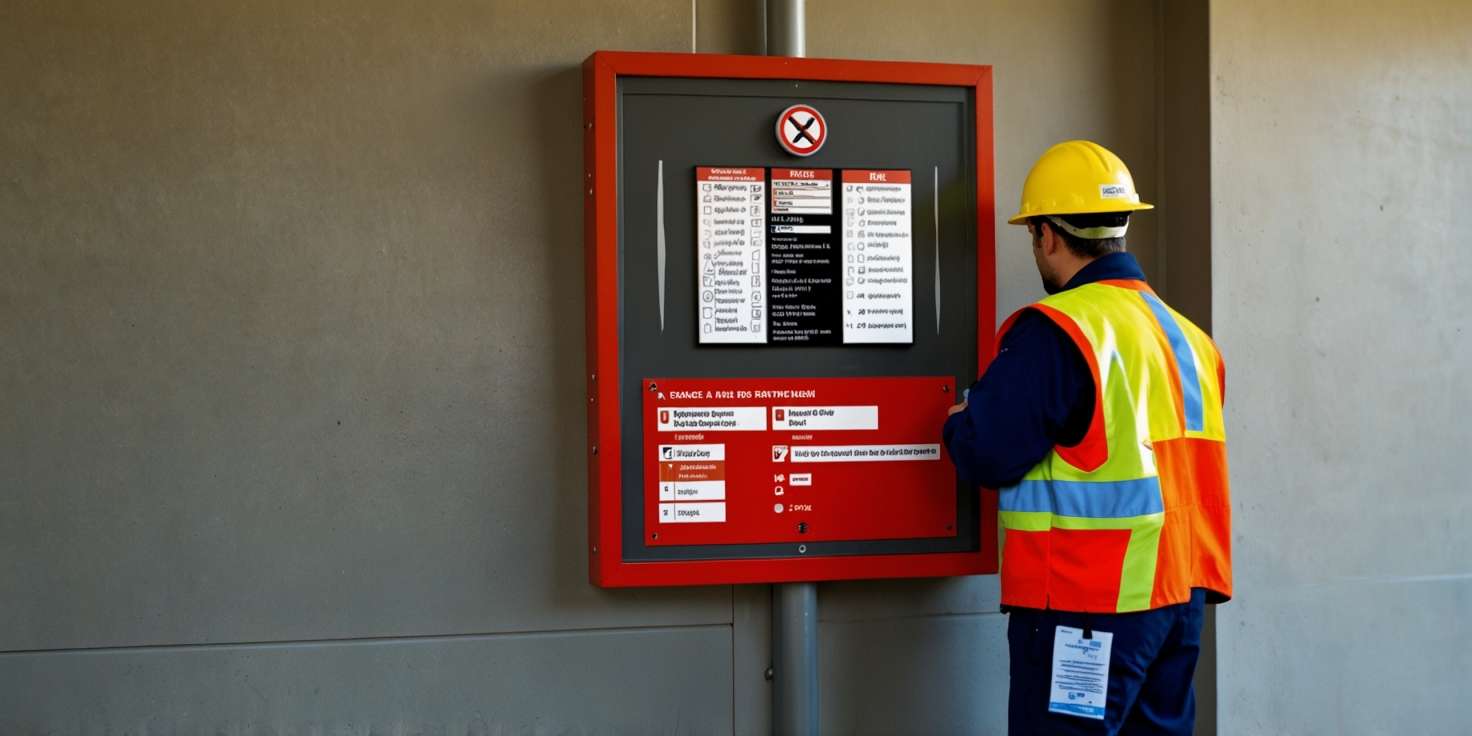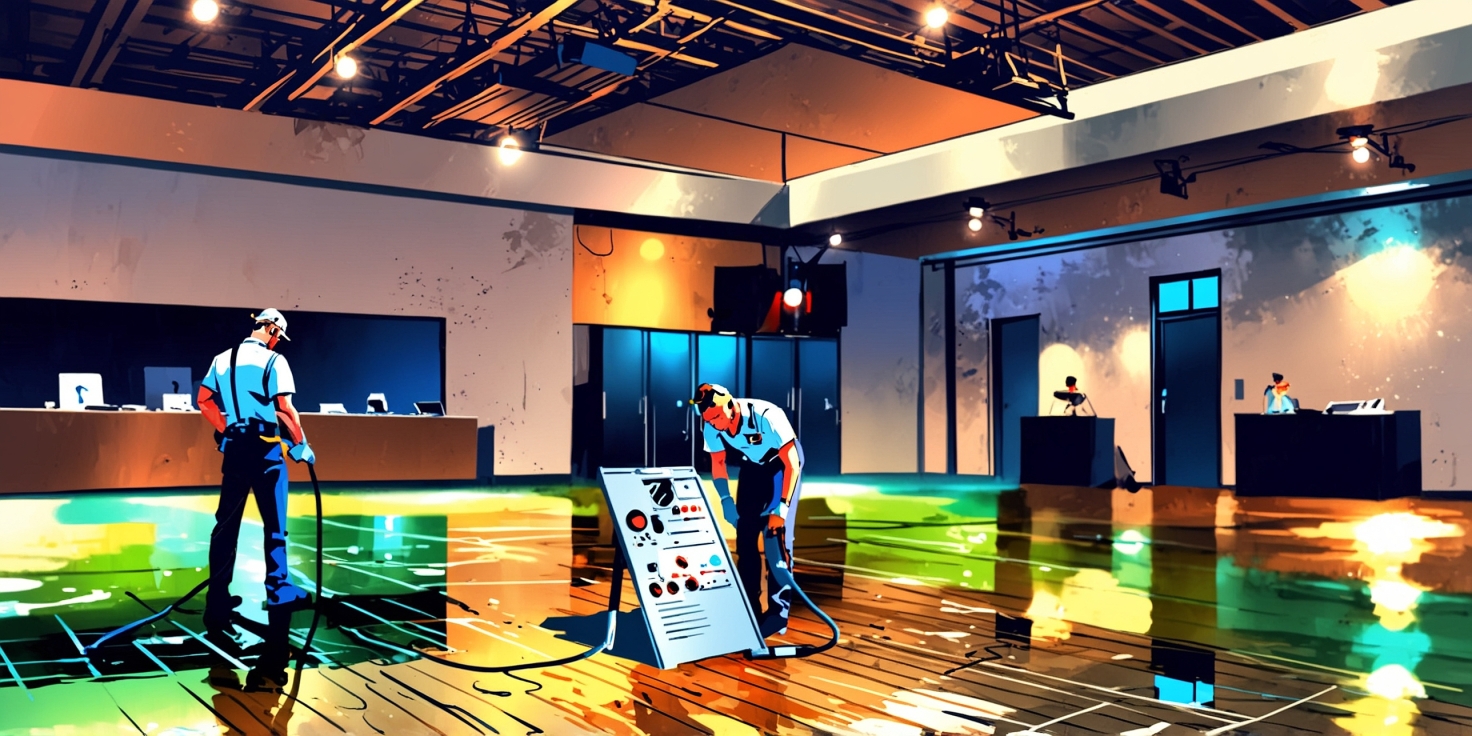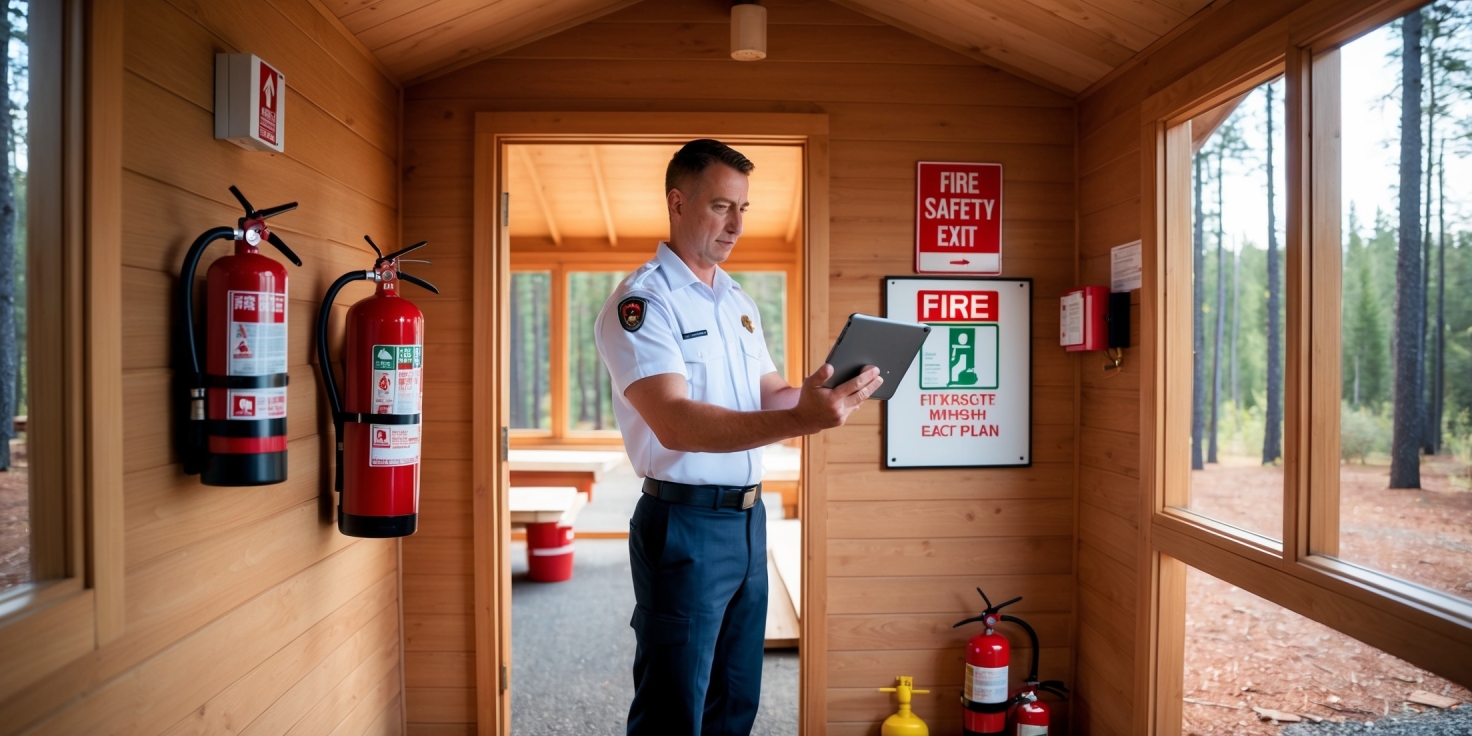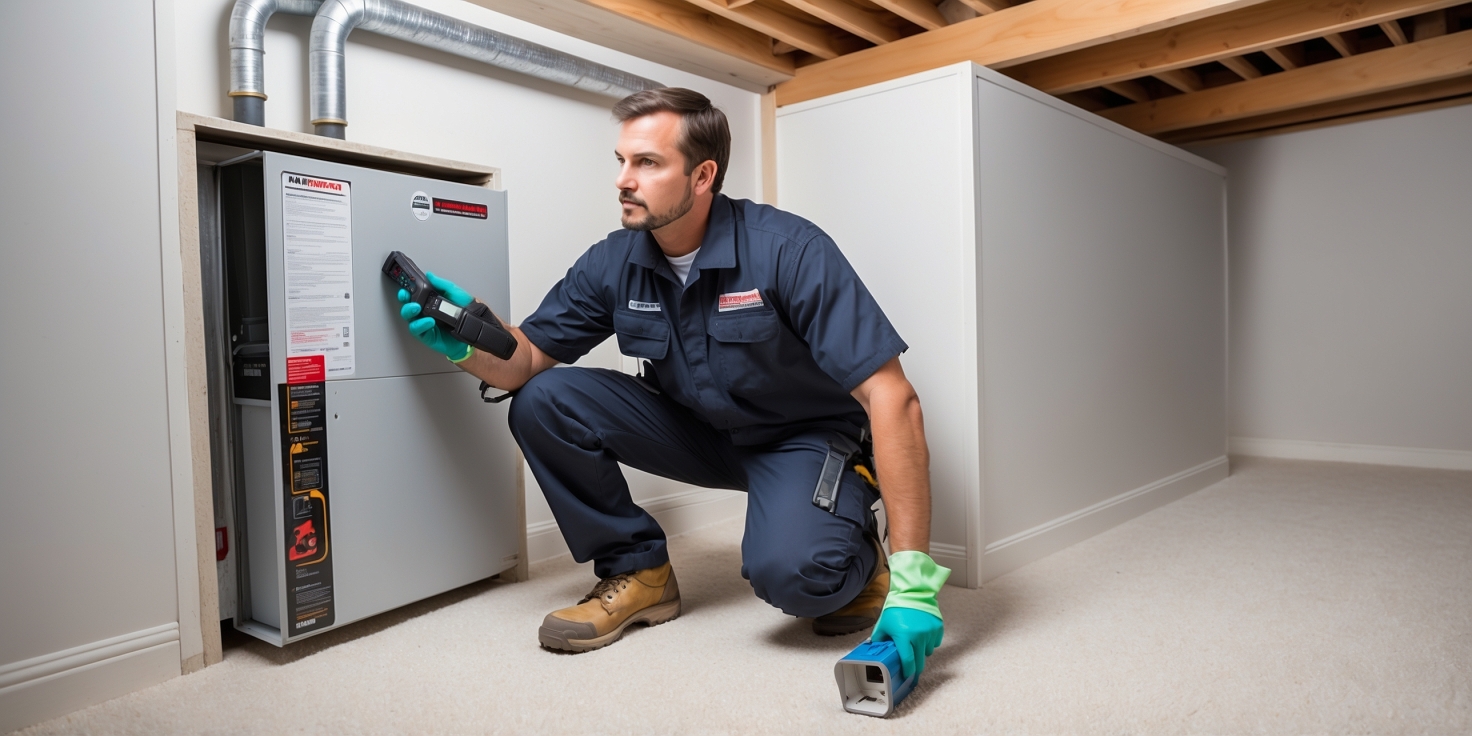Can energy-efficient buildings unknowingly invite mold growth? As commercial spaces strive to reduce energy consumption, they often become tightly sealed environments with limited airflow—creating the perfect breeding ground for mold. At Projekt Property Restoration, we’ve seen firsthand how even the most modern, eco-friendly buildings can fall victim to hidden moisture and mold issues. Mold Risks in Energy-Efficient Commercial Spaces are real, and ignoring them can lead to costly repairs and serious health concerns.
Yes, energy-efficient designs can increase mold risks due to reduced ventilation and trapped humidity. This article breaks down why these buildings are vulnerable, how mold thrives in such conditions, and what proactive steps you can take. With expert insights and proven solutions, we’ll guide you through identifying, preventing, and remediating mold in commercial properties.
But that’s just the surface. Dr. Harriet Burge, a leading expert in indoor air quality, warns that “energy efficiency without moisture control is a recipe for mold.” So, if you’re managing or designing a green commercial space, you can’t afford to miss this. Let’s dive into the hidden dangers and smart solutions that every property owner should know.
Understanding Mold and Its Impact on Commercial Spaces
Mold is a type of fungus that thrives in damp, humid environments. It spreads through airborne spores and grows rapidly on organic materials like wood, drywall, and insulation. In commercial buildings, common types include Aspergillus, Cladosporium, and Stachybotrys, often known as black mold.
Exposure to mold can trigger serious health issues. Employees may experience coughing, sneezing, skin irritation, or even asthma attacks. Prolonged exposure increases the risk of chronic respiratory conditions, especially in individuals with weakened immune systems.
Beyond health concerns, mold can severely impact business operations. Infestations often require costly mold remediation services and structural repairs. During cleanup, businesses may face temporary closures, leading to lost revenue and productivity. Insurance claims and legal liabilities can further escalate expenses.
Preventing mold is essential for maintaining a safe and functional workspace. Regular inspections and moisture control are critical. For more information on protecting your property, explore our services or visit our blog for expert tips.
The Rise of Energy-Efficient Commercial Buildings
Commercial buildings are rapidly shifting toward energy-efficient designs. This trend is fueled by rising energy costs and environmental concerns. Certifications like LEED and ENERGY STAR now set the standard for sustainable construction. These programs encourage reduced energy consumption and lower carbon footprints.
Modern energy-efficient buildings rely on airtight construction and advanced insulation. High-performance HVAC systems regulate indoor climates while minimizing energy use. Smart technologies also monitor and adjust energy output in real time.
The benefits are substantial. Businesses enjoy long-term cost savings through reduced utility bills. Additionally, energy-efficient buildings often qualify for tax incentives and rebates. They also contribute to a healthier planet by reducing greenhouse gas emissions.
Moreover, these buildings offer improved indoor air quality and comfort. This leads to increased employee productivity and satisfaction. Many companies now prioritize sustainability as part of their brand identity.
To learn more about our commitment to sustainable solutions, visit our mission page. For a closer look at our eco-friendly restoration work, explore our gallery. Energy efficiency is no longer optional—it’s the future of commercial construction.
How Energy Efficiency Can Contribute to Mold Growth
Modern energy-efficient buildings often rely on airtight construction to minimize heat loss. However, this design can trap moisture indoors, creating the perfect environment for mold. Without proper ventilation, humidity levels rise quickly, especially in areas like basements and bathrooms. Over time, this trapped moisture seeps into walls and ceilings, encouraging mold colonies to grow unnoticed.
HVAC systems play a critical role in regulating indoor humidity. Yet, when these systems are poorly maintained or improperly sized, they fail to remove excess moisture. Dirty filters, clogged drains, or malfunctioning components can all contribute to mold-friendly conditions. Regular inspections and maintenance are essential to prevent these issues.
Energy-saving measures, while beneficial, can also reduce natural air exchange. This limited airflow allows condensation to build up on windows, pipes, and other cool surfaces. If left unchecked, these damp areas become breeding grounds for mold. To learn more about preventing moisture-related damage, visit our water damage page or explore our full range of services. Balancing efficiency with proper moisture control is key to maintaining a healthy indoor environment.
Common Areas Where Mold Develops in Energy-Efficient Buildings
Mold often thrives in hidden, moisture-prone areas of energy-efficient buildings. HVAC systems are a prime example, especially when condensation accumulates in ducts or filters. Basements, due to limited ventilation and cooler temperatures, also create ideal conditions for mold growth. Ceilings and the spaces behind walls can trap humidity, particularly when vapor barriers and insulation prevent proper airflow.
These barriers, while essential for energy conservation, can inadvertently seal in moisture. When leaks or condensation occur, the trapped dampness becomes a breeding ground for mold. Drywall, carpeting, and ceiling tiles are especially vulnerable. These materials absorb moisture easily and retain it, allowing mold colonies to spread quickly.
In many cases, mold remains undetected until it causes visible damage or health issues. Regular inspections and moisture control are critical. For more insights, explore our blog or learn about our expert mold remediation services. Addressing these high-risk zones early can prevent costly repairs and protect indoor air quality.
Warning Signs and Detection Methods
Dark spots on walls, ceilings, or floors often signal mold growth. A persistent musty odor is another red flag. Water stains or peeling paint may also indicate hidden moisture issues. These visible signs should never be ignored.
To detect mold early, use moisture meters to measure dampness in walls and floors. Infrared cameras help identify temperature differences that suggest hidden moisture. Air quality tests can reveal elevated mold spore levels, even when mold isn’t visible.
Regular inspections are essential in energy-efficient buildings, where reduced airflow can trap moisture. Schedule professional assessments to catch problems before they escalate. Experts use advanced tools to locate and confirm mold presence accurately.
Ignoring early signs can lead to costly repairs and health risks. Stay proactive with routine checks and immediate action. For expert help, explore our services or learn more about our mission to protect your property. Don’t wait for visible damage—early detection is key to maintaining a safe, mold-free environment.
Preventative Measures for Mold in Energy-Efficient Commercial Spaces
Controlling moisture is the first line of defense against mold in energy-efficient buildings. Install dehumidifiers in high-humidity zones to maintain optimal indoor levels. Ensure proper drainage around the foundation to prevent water intrusion. Regularly inspect and seal leaks in roofs, windows, and plumbing systems.
Energy-efficient HVAC systems require consistent upkeep. Clean or replace filters monthly to ensure airflow remains unrestricted. Schedule professional inspections to check for condensation buildup and duct leaks. Calibrate thermostats and sensors to avoid overcooling, which can trigger excess humidity.
Smart building design also plays a crucial role. Integrate energy recovery ventilators (ERVs) or heat recovery ventilators (HRVs) to maintain fresh air circulation without sacrificing efficiency. Use vapor barriers and moisture-resistant materials in construction to reduce mold-prone surfaces.
For a deeper understanding of moisture-related threats, explore our guide on hidden water damage. If you suspect mold, our expert mold remediation team is ready to help. Prevention starts with awareness and ends with action.
Mold Remediation Strategies and Protocols
Effective mold remediation begins with a thorough inspection and moisture assessment. Professionals identify the source, then isolate the affected area using plastic sheeting and negative air pressure. This containment prevents spores from spreading during cleanup. Technicians wear protective gear, including respirators and gloves, to ensure safety throughout the process.
Next, they remove contaminated materials such as drywall, insulation, or carpeting. HEPA vacuums and antimicrobial treatments eliminate remaining spores. Air scrubbers run continuously to purify the environment. Every step follows strict industry standards to protect both workers and occupants.
After cleanup, post-remediation verification is essential. Independent testing confirms that mold levels are safe and moisture issues are resolved. Continuous monitoring may follow in high-risk areas to prevent recurrence.
For more details on our proven approach, visit our services page. You can also explore how we handle related issues like water damage, which often leads to mold growth. Trust certified experts to restore your commercial space safely and efficiently.
Legal and Regulatory Considerations
Commercial buildings must comply with strict codes addressing mold prevention and indoor air quality. These regulations often mandate proper ventilation, moisture control, and regular inspections. Failure to meet these standards can lead to serious legal consequences. Property owners and facility managers may face liability if mold exposure causes health issues or damages tenant property.
Legal claims often arise from negligence or failure to act promptly. Therefore, maintaining accurate records of inspections, maintenance, and repairs is essential. Documentation can serve as critical evidence in disputes or insurance claims. It also demonstrates compliance with local and federal guidelines.
To reduce risk, implement a proactive mold management plan. Include routine assessments and immediate response protocols for water intrusion. For expert support, explore our services tailored to commercial properties. Understanding your responsibilities helps avoid costly litigation and reputational damage.
Additionally, ensure your insurance policy covers mold-related incidents. Consult legal professionals to align your practices with current laws. For more insights, visit our blog and stay informed on industry standards.
Case Studies: Mold Incidents in Energy-Efficient Commercial Buildings
In a LEED-certified office complex in California, tenants reported a persistent musty odor. Despite its energy-efficient design, poor ventilation and high humidity led to hidden mold growth behind wall panels. The issue stemmed from inadequate moisture control and lack of routine inspections. Remediation required tearing down affected walls and installing a new HVAC system with humidity sensors. Afterward, the building management implemented regular air quality testing and staff training on moisture prevention.
Another case involved a green-certified school in Oregon. Mold developed beneath eco-friendly flooring due to a slow, undetected leak. The leak went unnoticed because of the building’s sealed envelope and limited airflow. Once discovered, the school partnered with a mold remediation team to remove contaminated materials and repair the plumbing. They also updated their maintenance protocols and installed leak detection systems.
These incidents highlight the importance of balancing energy efficiency with proactive moisture management. Regular inspections, proper ventilation, and early detection tools are now considered essential. For more on how to protect your property, explore our services or visit our blog for expert tips.
Future Trends and Innovations in Mold Prevention
Smart sensors are revolutionizing moisture detection in commercial buildings. These devices offer real-time alerts, helping property managers act before mold develops. Integrated air quality monitors now track humidity, temperature, and airborne spores with impressive accuracy. As a result, early intervention becomes easier and more effective.
Innovative materials are also reshaping construction. Builders increasingly use mold-resistant drywall, treated insulation, and antimicrobial coatings. These materials reduce the chance of mold growth, even in high-humidity environments. They also extend the lifespan of energy-efficient structures.
Future building designs will prioritize both sustainability and health. Architects are incorporating better ventilation systems and moisture barriers into their plans. These features will help maintain indoor air quality while minimizing mold risks. Smart HVAC systems will adjust airflow based on real-time data, reducing condensation and dampness.
To learn more about how we address these challenges, visit our services page. You can also explore our how-it-works section for a deeper understanding of our approach. As innovation continues, mold prevention will become more proactive, efficient, and integrated into every phase of building design.
Frequently Asked Questions (FAQs)
Mold in energy-efficient buildings often stems from poor ventilation and trapped moisture. Sealed environments can limit airflow, creating ideal conditions for mold growth. Signs of a mold issue include musty odors, visible spots, and increased allergy symptoms among occupants. While energy-efficient buildings aim to reduce energy use, they can be more susceptible to mold if not properly managed.
Exposure to mold in the workplace may lead to respiratory issues, skin irritation, and fatigue. To minimize risks, inspect HVAC systems at least twice a year. Early detection helps avoid costly repairs and health hazards. Fortunately, mold remediation can often be completed with minimal disruption to daily operations.
Costs vary based on the extent of damage and building size. Prevent mold during retrofits by using moisture-resistant materials and ensuring proper ventilation. Certifications like LEED and WELL support mold-resistant practices. In leased spaces, responsibility typically falls on the property owner unless stated otherwise in the lease.
For more insights, visit our FAQ page or explore our services to learn how we can help protect your commercial space.



